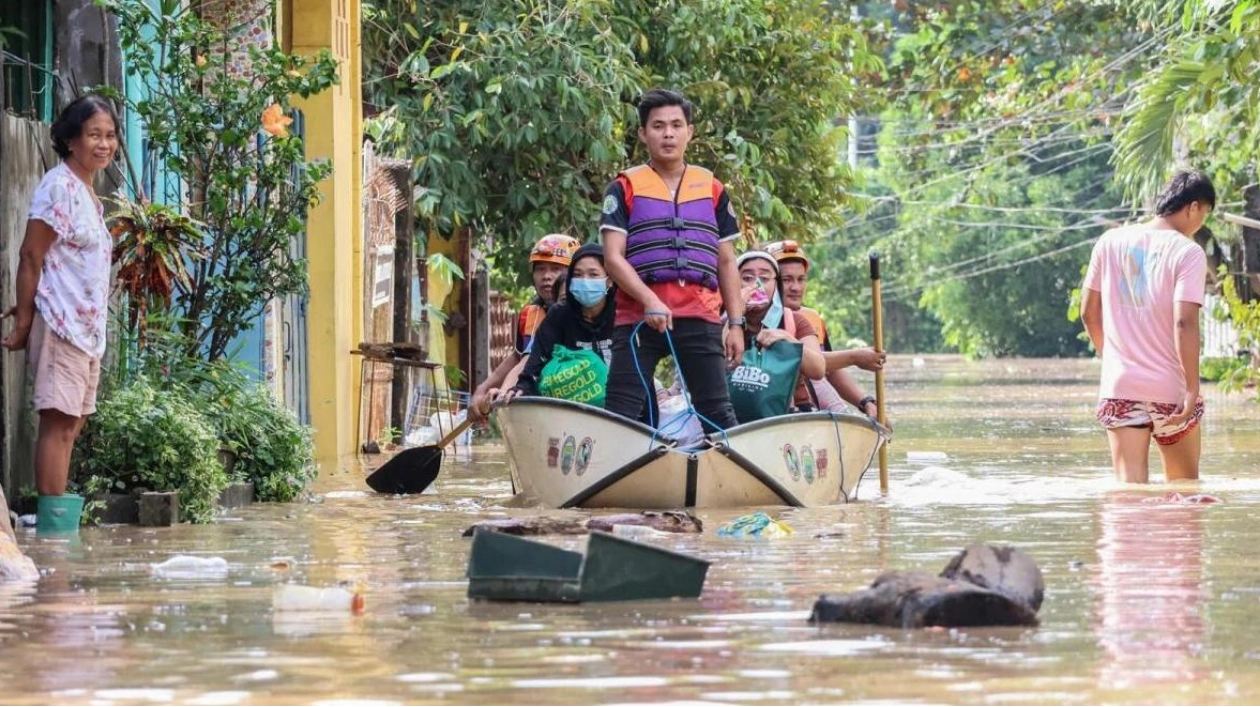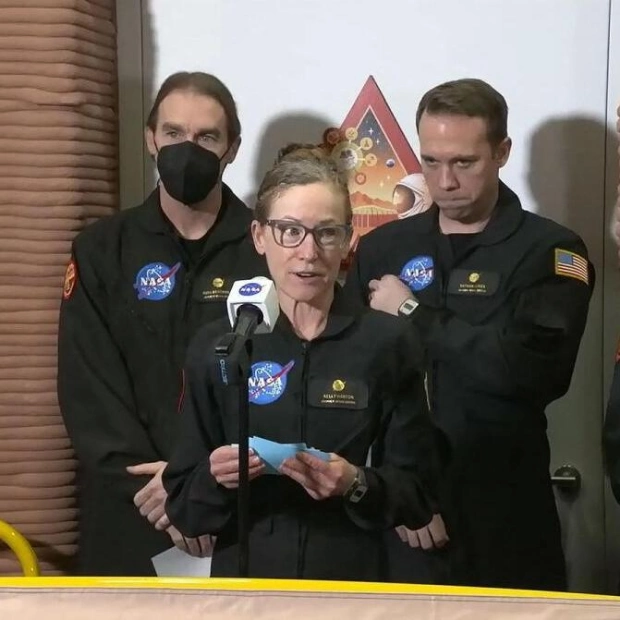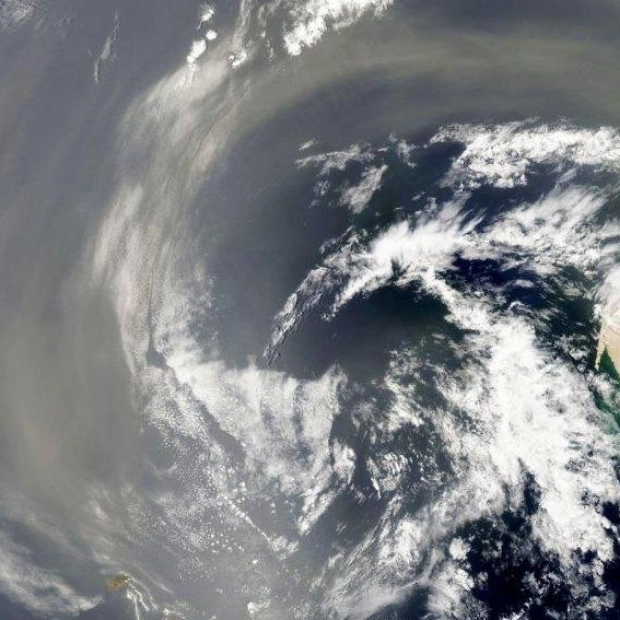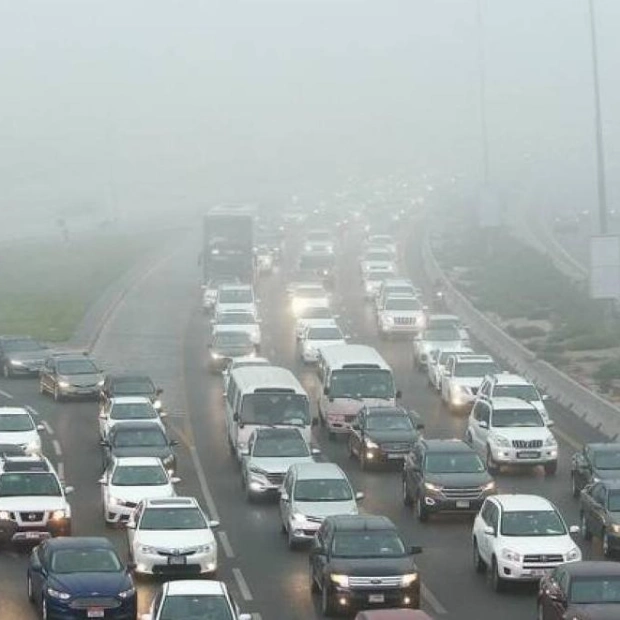Rescuers transported stranded residents from their flooded homes in a village in Ilagan town, Isabela province, on November 12, the day after Typhoon Toraji struck the area. Photo: AFP
The Philippines escalated its storm alert to the highest level and evacuated thousands of people on Thursday as Super Typhoon Usagi approached its already storm-battered northern regions. With sustained winds reaching up to 180 km/h, Usagi is expected to make landfall on the main island of Luzon in the afternoon local time—the fifth storm to threaten the country in just three weeks. This series of severe weather events has already claimed 159 lives and prompted the UN to request $32.9 million in aid for the hardest-hit areas.
The national weather agency warned that the winds could cause 'almost total damage to structures of light materials, especially in highly exposed coastal areas,' and 'heavy damage' to buildings otherwise considered 'low-risk.' 'Intense to torrential rain' and potentially 'life-threatening' coastal waves of up to three meters were also forecast over two days, with the storm warning raised to the highest signal on a five-step scale.
'Evacuations are ongoing' in coastal and low-lying areas of Cagayan province, according to its civil defence chief Rueli Rapsing, who spoke to AFP by phone. He anticipates that local governments will move 40,000 people to shelters, roughly the same number that were preemptively evacuated ahead of Typhoon Yinxing, which hit Cagayan's north coast earlier this month. More than 5,000 Cagayan residents remain in shelters following the previous storms due to the Cagayan river, the country's largest, being swollen from heavy rain that fell in several provinces upstream, flooding communities downstream.
Rapsing expects this situation to persist over the next few days as Usagi brings more rain. After Usagi, Tropical Storm Man-yi is also forecast to strike the Philippines' population heartland around the capital Manila this weekend. 'Typhoons are overlapping. As soon as communities attempt to recover from the shock, the next tropical storm is already hitting them again,' said UN Philippines Resident and Humanitarian Coordinator Gustavo Gonzalez. 'In this context, the response capacity gets exhausted and budgets depleted.'
Approximately 20 major storms and typhoons hit the archipelago nation or its surrounding waters each year, resulting in numerous fatalities and keeping millions in enduring poverty. A recent study revealed that storms in the Asia-Pacific region are increasingly forming closer to coastlines, intensifying more rapidly, and lasting longer over land due to climate change.
Source link: https://www.khaleejtimes.com






